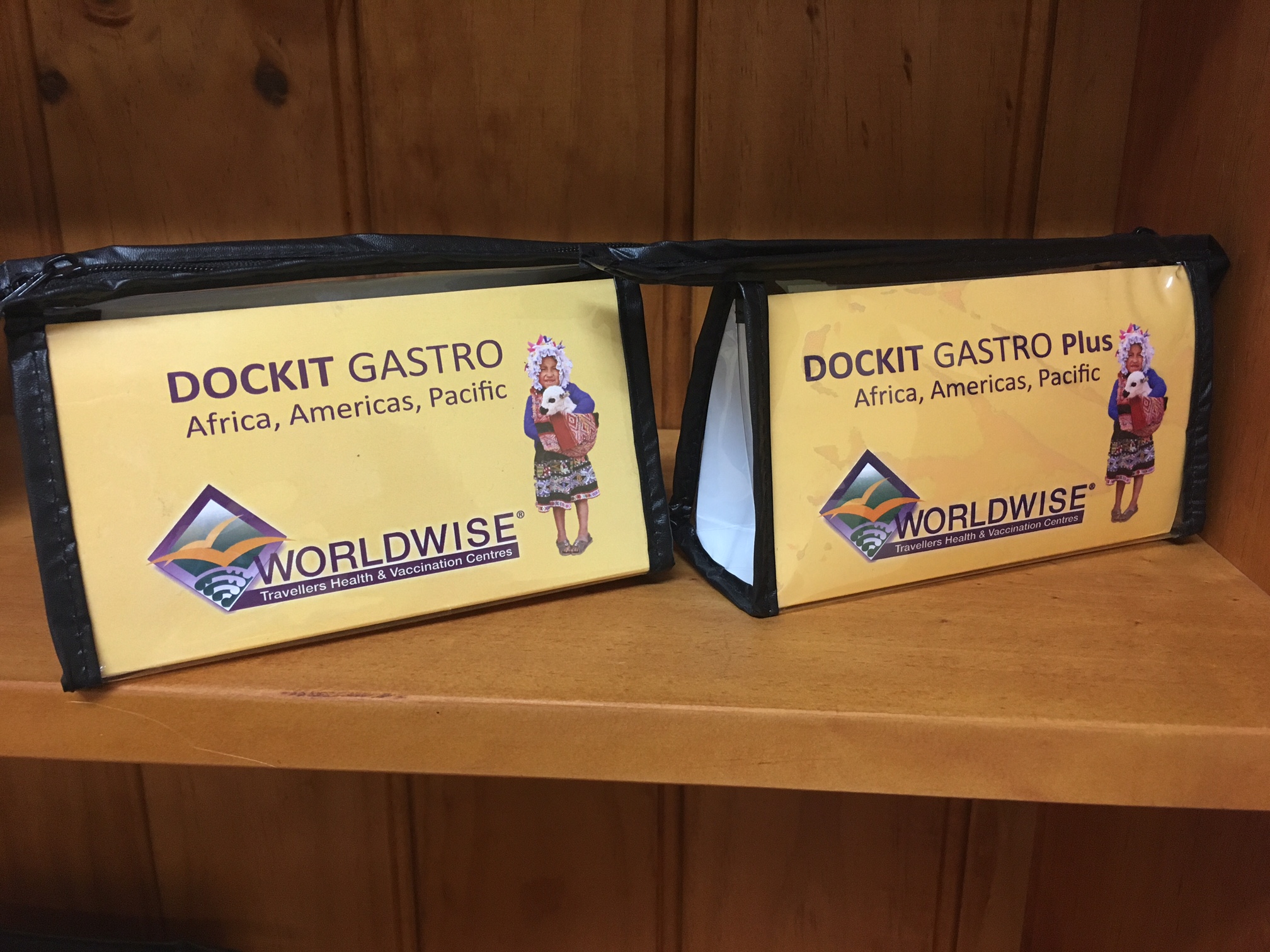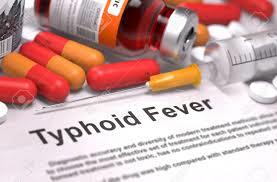Typhoid in NZ and the Pacific
There has been a lot of press around an outbreak of Typhoid in NZ and Pacific regions (specifically Samoa) which has had one fatality. Worldwise Medical Director - Dr Marc Shaw gives here some information about Typhoid and how best to prevent it while you are travelling. "Cook it. Peel it. Boil it. Or Avoid it."
TYPHOID FEVER
Typhoid fever, so-called enteric fever, has been reported more and more recently to be in ‘our Pacific neck of the woods’: Fiji, Samoa and Tonga. The disease is caused by a bacterium called Salmonella enterica (serotype Typhi), has a totally different presentation from that of the more common kinds of salmonellosis that we have in New Zealand. Epidemiologically, usually spread by contaminated food or water, typhoid is not a zoonosis ( A disease of a non-human animal that is capable of being transmitted, infecting and replicating within humans) like the more commonly seen types of salmonellosis.
THE SYMPTOMS OF CLASSICAL TYPHOID FEVER typically include fever, anorexia, lethargy, malaise, dull continuous headache, non-productive cough, vague abdominal pain, and constipation. Despite the often-high fever, the pulse is often only slightly elevated. During the 2nd week of the illness, there is protracted fever and mental dullness, classically called coma vigil.
Clinically, vomiting and diarrhoea are typically absent; indeed, constipation is frequently reported. As it is a systemic illness (affecting the whole body) , blood cultures are at least as likely to be positive as stool in enteric fever, particularly early in the course of the infection, and bone marrow cultures may be the most sensitive.
Diarrhoea may develop but usually does not. Many patients develop hepatosplenomegaly [both liver and spleen enlarged]. After the 1st week or so, many cases develop a fine (maculopapular) rash on the upper abdomen. These lesions (“rose spots”) are about 2 cm in diameter and blanch on pressure. They persist for 2-4 days and may come and go. Mild and atypical infections are common.
PREVENTION:
How can I avoid Typhoid Fever?
The disease is spread by the oral and anal route. Two basic actions can protect you from typhoid fever:
- Avoid risky foods and drinks.
- Get vaccinated against typhoid fever.
Avoiding risky foods will also help protect you from other illnesses, including travellers’ diarrhoea, cholera, dysentery, and hepatitis A.
“COOK IT, PEEL IT, BOIL IT or AVOID IT”
- If you drink water, buy it bottled or bring it to a rolling boil for 1 minute before you drink it.
- Bottled carbonated water is safer than uncarbonated water.
- Ask for drinks without ice unless the ice is made from bottled or boiled water.
- Avoid ice blocks and flavored ices that may have been made with contaminated water.
- Eat foods that have been thoroughly cooked and that are still hot and steaming.
- Avoid raw vegetables and fruits that cannot be peeled.
- Vegetables like lettuce are easily contaminated and are very hard to wash well.
- When you eat raw fruit or vegetables that can be peeled, peel them yourself. (Wash your hands with soap first) Do not eat the peelings.
- Avoid foods and beverages from street vendors. It is generally quite difficult for food to be kept clean on the street, and many travellers get sick from food bought from street vendors.
TYPHOID OR TYPHUS? The word typhoid (as in typhus-like) reflects the similarity of the louse-borne rickettsial disease epidemic typhus and that of typhoid fever; in fact, in some areas, typhoid fever is still referred to as abdominal typhus.




